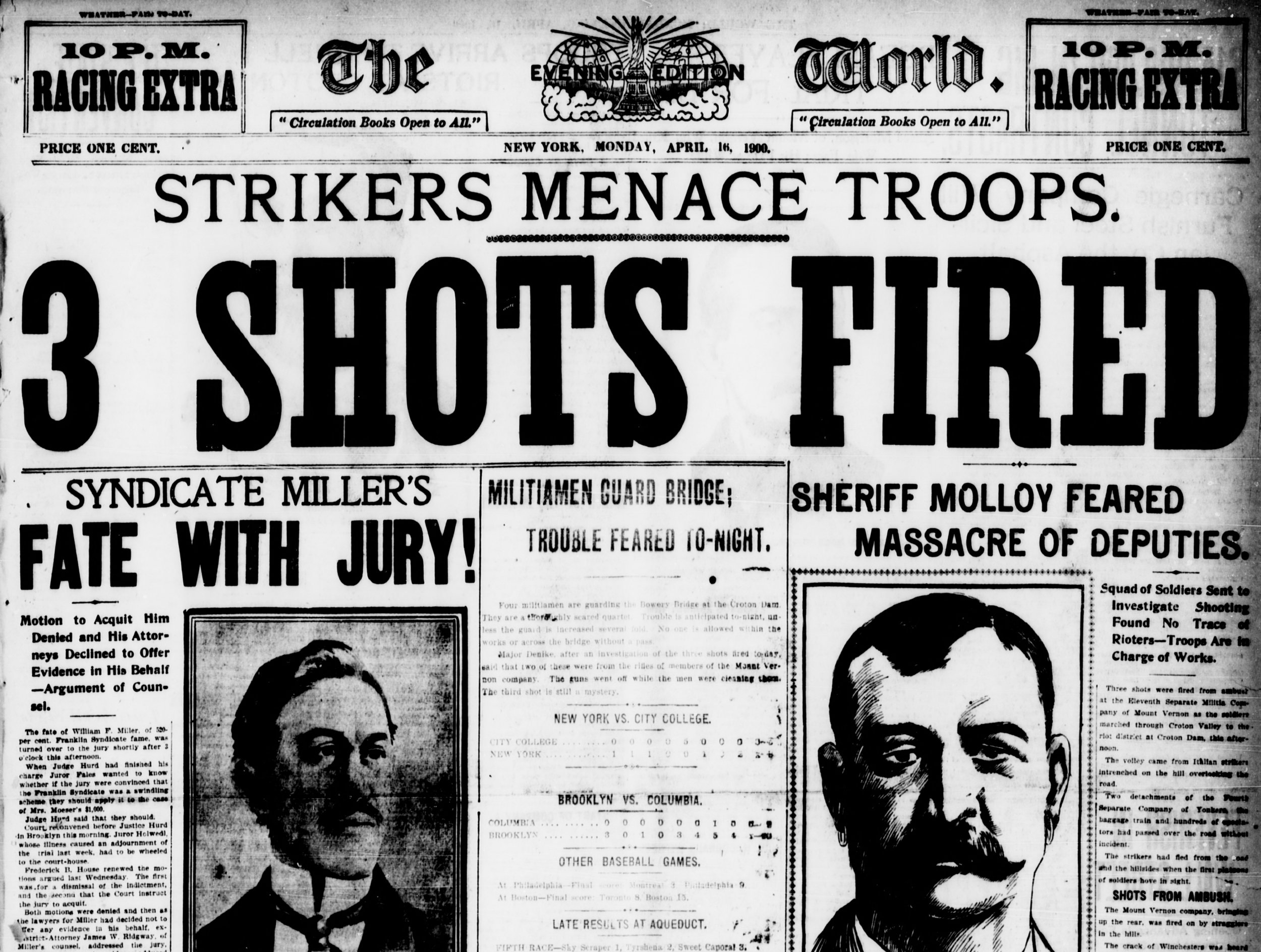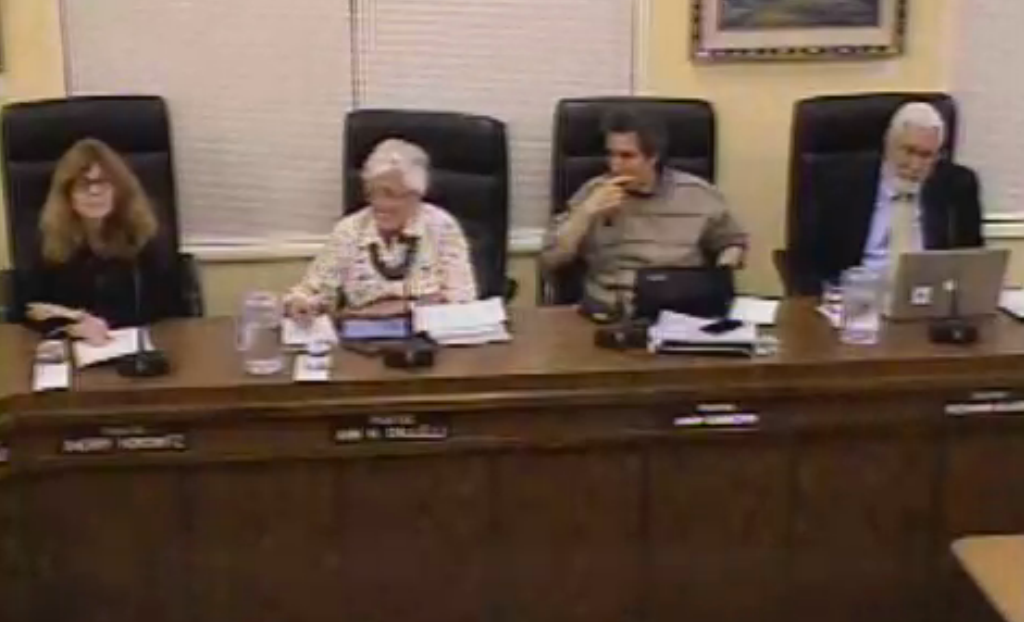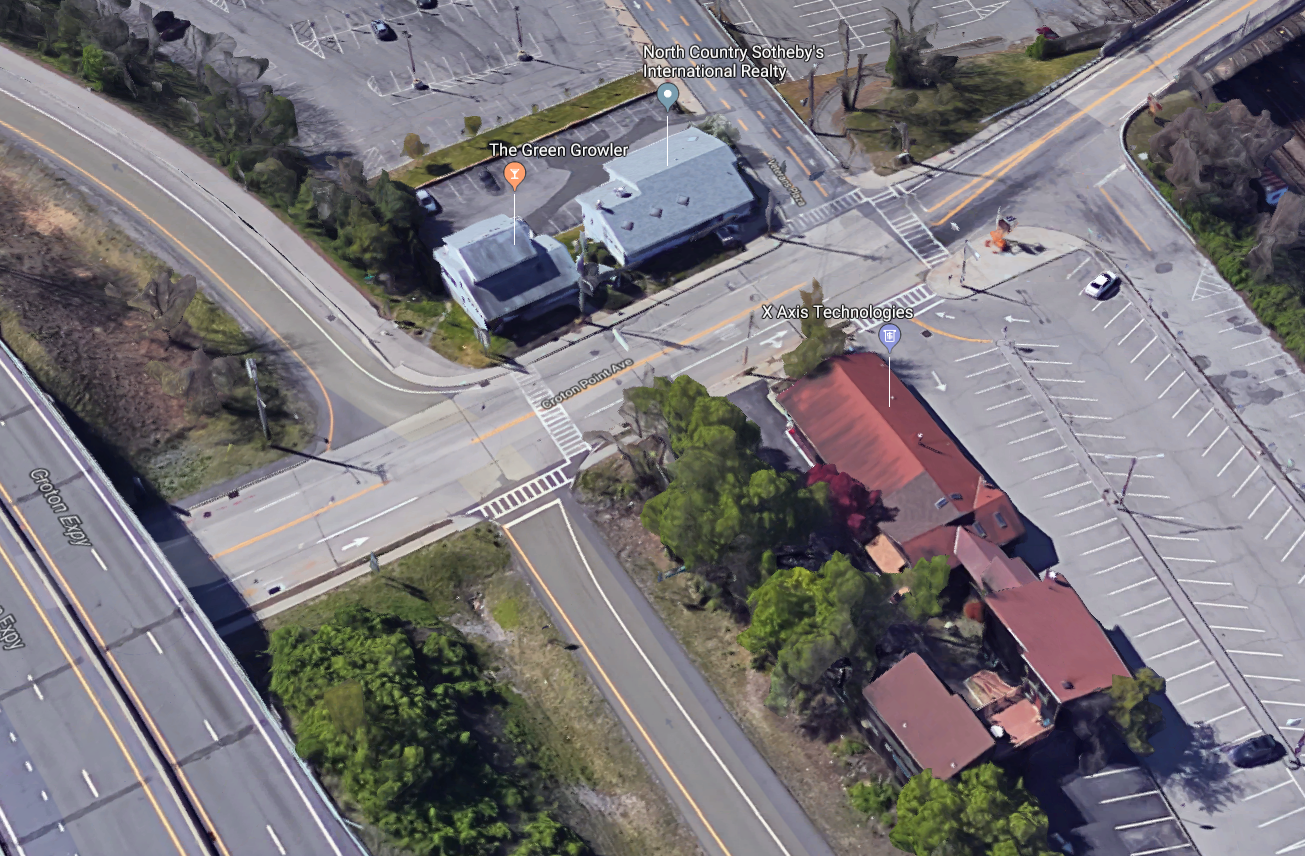Watching the Croton Board of Trustees in operation is like watching the board of directors at Kramerica Industries on Seinfeld: you never know what crazy scheme they will come up with next, and there is a good chance it is illegal.
About a year ago Mr. Pugh discovered that short-term loan rates are usually lower than long-term rates. This is a concept familiar to anyone who has ever shopped for a home mortgage or a high school student taking AP Economics, but Mr. Pugh finds it a continuing source of fascination. That fascination may get Croton taxpayers in deep trouble down the road.
There are 3 ways to fund Croton government: taxes, savings set aside in previous years, or issuance of debt.
If you issue debt, you have to choose the term. At the end of the term (maturity), you need to pay off the principal balance. For most practical purposes, there is no difference between a “note” and a “bond” except that debt with a maturity of a year or less is customarily called a “note” and debt with maturity of more than a few years is called a “bond.” In the case of Croton, the December 2016 report of the Fiscal Sustainability Committee noted that most notes were for 1-2 years and bonds for 20 or 30 years.
In a well-run organization and under optimal circumstances, the maturity on debt issued for capital improvements should match the projected lifespan of the improvement. In addition, as a general rule, you don’t want to issue short-term debt unless you intend to pay it off and have a plan to do so.
Short-term debt must be paid off soon after issuance. This is fine if you can get the money either from your liquid assets, or by getting someone else to loan you the money you need to pay off the debt (a/k/a “rollover” the debt).
There is also the matter of ongoing costs to Croton taxpayers. Constantly rolling over short-term debt results in underwriting, legal, and other fees. A University of California Berkeley study of 812 issues from 2012-15 showed average cost of issuance to be 1.02% of principal amount. Reportedly Croton runs less than this, but even a 0.8% cost quickly adds up.
The BAN strategy is also a bet that interest rates won’t rise over time as Croton rolls over the debt. There are ways of hedging interest rate risk, but why are we even at the point where our little village needs to have that discussion?
Mr. Pugh believes that financing short-term and rolling over will result in less accumulation of interest. This assumes that interest rates will not rise. Currently interest rates are near lows not seen in decades. If Mr. Pugh wants to bet that rates will not rise in future years, he can do that with his own money.
Placing the taxpayers of Croton at risk because you think you are a sharp financier is not an appropriate role for a village Mayor.
It is true that the sooner debt is paid off, the less money you will pay in interest. But if Croton is going into debt that it intends to pay off over 20 years, it is expensive and risky to pursue the BAN strategy advocated by Mr. Pugh. And if we are really going into debt for items that are going to be paid off in a year or two, we should be funding those items without issuing bonds or notes.
At very least, the Croton Board of Trustees and Croton Village Treasurer should be transparent about this BAN strategy: why are they BANning items versus bonding, and when are they rolling over BANs instead of redeeming them with proceeds of bond issuance.
Issuing short-term debt with no intention of actually paying it off in the short term is a risky strategy. While Mr. Pugh is correct that an individual short-term note is less risky, substantial dependence on short-term debt is a factor known to exacerbate rollover risk for the issuing entity—in this instance, the Village of Croton-on-Hudson.
Funding long-term debt with notes that you rollover every year or two is a sign of an issuer comfortable with taking risk. Buyers of municipal debt are not known for loving risk-taking issuers. If Croton pursues this strategy while carrying an increasing debt load, one day the market will price our debt accordingly…. Or Croton could be unable to rollover its debt at all.
If the market refuses to rollover your debt, it can be disastrous. Think 2007.
Short-term municipal debt is generally low-risk. There are several types of such debt, which can be paid off by tax revenues (Tax Anticipation Notes), non-tax revenues such as fees (Revenue Anticipation Notes), or the subsequent issuance of a standard municipal bond (Bond Anticipation Notes). It is this last type which Mr. Pugh is fascinated with.
BANs are pitched to investors as short-term bridge financing pending replacement by long-term financing. That is why BAN stands for “Bond Anticipation Note”—the very name imposes at least a good faith obligation to attempt issuance of a bond.
Mr. Pugh stated (The Gazette, week of May 31/June 6, 2018): “Future debt service is reduced by substituting short term Bond Anticipation Notes (BANs), which have a lower interest rate, for longer-term bonds, which have higher interest rates and because of their longer terms, more accumulate [sic] interest.” The Croton Board of Trustees is once again approving the annual budget, and Mr. Pugh’s position remains the same.
BANs are emphatically not a substitute for longer-term bonds. The very name indicates that they are a temporary measure whose issuance assumes the imminent issuance of longer-term bonds. It is true that there are rare circumstances where you might delay issuance, but Mr. Pugh’s scheme involves use of short-term debt for the indefinite future and misrepresenting the true nature of the debt to investors.
No doubt there are some other municipalities that pull this off quietly, but I don’t know of any place other than Croton where the Mayor brags about this at televised meetings of the Board of Trustees and in letters to the Gazette.
The Croton Village Treasurer tells Moody’s and Wall Street that she is issuing short-term debt in anticipation of said debt being refunded by future bond issuance while the Croton Village Mayor tells residents that BANs are being “substituted” for bonds. The municipal corporation of Croton-on-Hudson is issuing Bond Anticipation Notes with no anticipation of issuing bonds. How is this not securities fraud?
To be clear: Croton’s Board of Trustees may legally choose to fund some or all of our massive debt with short-term notes rolled over in perpetuity, however unwise that may be. You just can’t say something that isn’t true. Lying during the course of debt issuance may be held to be securities fraud under federal and state law, and calling something a BAN when you don’t intend to honor the “BA” part of “BAN” is a problem.
I sympathize with our Village Treasurer as she deals with Mr. Pugh. But ultimately she is the one who is going to have to deal with the fallout if either Mr. Pugh’s funding scheme or Mr. Pugh’s statements cause problems for Croton.
I hope that our Village Attorney has signed off on the legality of this latest scheme. The Village Treasurer needs to explain what Croton is doing with BANs and bonding. This needs to include a frank discussion of what is being done to mitigate the risks of Mr. Pugh’s strategy, particularly rollover risk.
Croton taxpayers would be better off if our Board of Trustees was less enthusiastic about taking on more and more debt. But since that is not going to happen, at least Croton should not embark on a risky bet that interest rates won’t rise over the coming years and decades.
Paul Steinberg




















